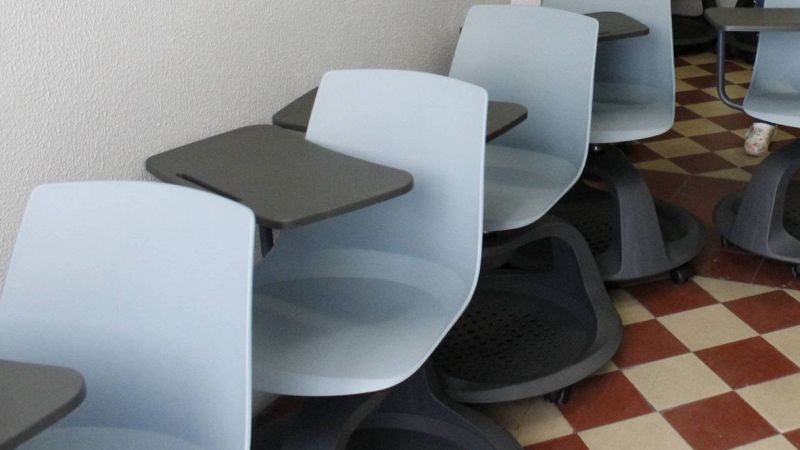Sinonimi e contrari
Più modi di dire: Festa
festività, solennità, giorno solenne, celebrazione, festeggiamento...
VOCABOLARIO
La parola di oggi è: Misantropo
Aggettivo misantropo m sing (plurale: misantropi) (psicologia) che soffre di misantropia (per esten...
Frasi e ricorrenze
Giornata della terra
Il Giorno della Terra è ogni giorno. Non è ancora troppo tardi per modificare i nostri atteggiamenti e le cattive abitudini per darle (e darci) una seconda preziosa opportunità.
Modi Di Dire
Perché si dice… Partire in quarta
CONIUGA VERBI
Oggi impariamo il verbo: Volere
Indicativo Passato Remoto
- io volli
- tu volesti
- egli volle
- noi volemmo
- voi voleste
- essi vollero
Lezioni in evidenza
Oliver Twist, trama e riassunto del romanzo di Dickens
Ecco tutto quello che c'è da sapere su una delle opere più famose e importanti del celebre autore britannico
L'atomo: materia, molecole, elementi e composti
CORRETTORE ORTOGRAFICO
Si scrive:
po' o pò
RIME
Caffè fa rima con:
- macinacaffè
- tostacaffè
- affè
- buffè
Proverbio
Significato di…
Adagio ai mali passi
Leggi tutto »
Il Santo di oggi
S. Agnese da Montepulciano
Patrona di Montepulciano
Nasce nel 1268. La sua è una vita costellata di prodigi fin dalla tenera età. A nove anni entra nel convento delle monache 'del sacco', così chiama...









